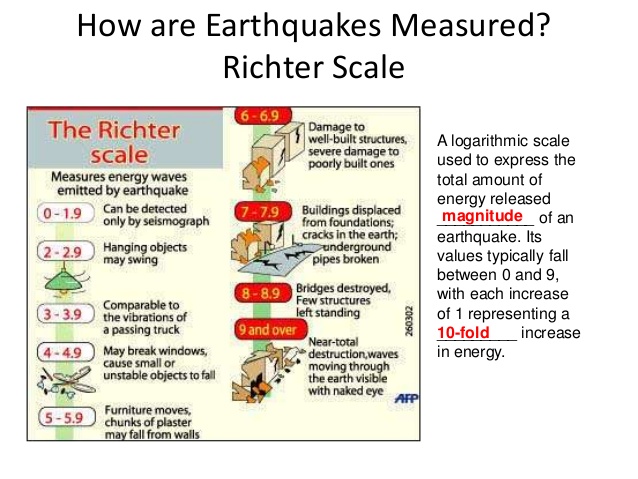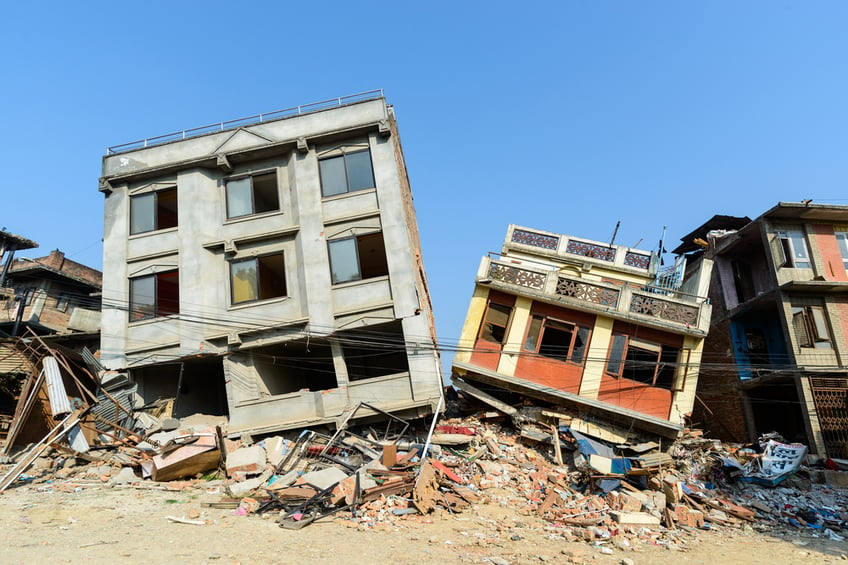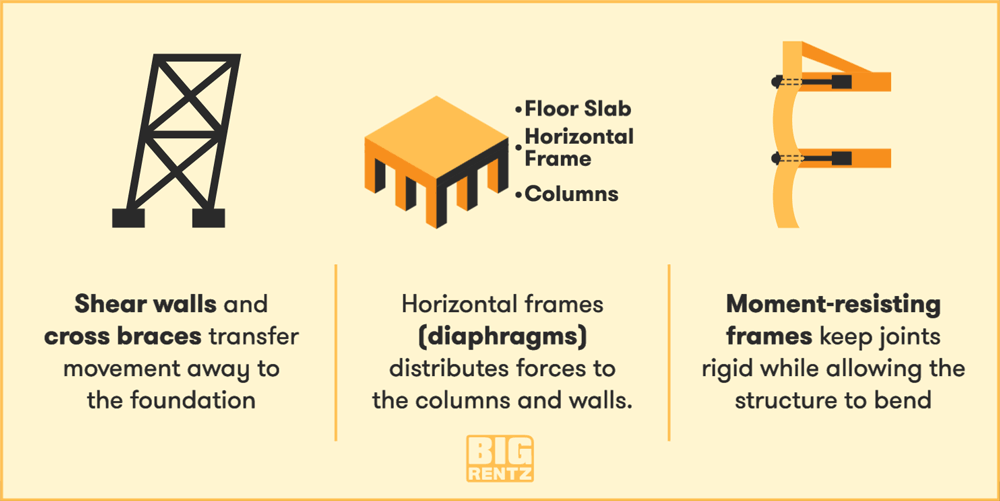What Material Is Best for Earthquakes
Skyscrapers everywhere must be reinforced to withstand strong forces from high winds but in quake zones there are additional considerations. According to scientists there may be more earthquakes than usual in 2018.

How Earthquake Proof Buildings Are Designed Bigrentz
Traditional bridge columns are constructed from concrete and reinforced steel which are seldom effective against earthquakes.

. Water for each family member for at least two weeks allow at least 1 gallon per. Type A igneous rock Type B volcanic rock Type C. Flashlights with extra bulbs and batteries.
One or several cracked windows. Check your chimney or roof for loose tiles and bricks that could fall in an earthquake. This makes them especially vulnerable in even minor earthquakes.
Steel is much lighter than concrete but it still brings a great deal of. It bends a bit and absorbs energy during a quake. As part of t he Geophysical Research Letters presented at the Geological Society of America.
There are six different types of soil and rock types based on geotechnical parameters to withstand an earthquake. The redundancy in light-framed wood. Utensils and Home Supplies Can openers cooking supplies mess kits and Swiss Army knives are an essential part of any earthquake preparedness kit.
But new research suggests that replacing. First-aid kit and handbook. You should also have a.
Masonry buildings of brick and stone are superior with respect to durability fire resistance heat resistance and formative effects. Many large cracks in walls. Masonry Buildings during Earthquakes.
Repair loose tiles or bricks as needed. If possible try to have any new constructions built on base isolation pads. Answer 1 of 9.
But metal roofing has yet another bonus for earthquake-resistant buildings. Earthquake-resistant building materials such as shock absorbing ball bearings springs and padded cylinders give taller structures a buffer zone in the event of a ground shift. Protect yourself from falling chimney bricks that might penetrate the.
Many windows cracked or. Wood and steel have more give than stucco unreinforced concrete or masonry and they are favored materials for building in fault zones. Brick and concrete buildings have low ductility and therefore absorb very little energy.
Skyscrapers everywhere must be. It is seldom possible to use the ideal materials for all elements as the choice may be dictated by local availability of local construction skills cost constraints or political. Wood and steel have more give than stucco unreinforced concrete or masonry and they are favored materials for building in fault zones.
What are earthquake resistant materials. Accordingly what materials can withstand an earthquake. Earthquake-resistant Building Materials for Your Home Base Isolation Pads.
What type of building material can withstand earthquakes better. Brick and concrete buildings have low ductility and therefore absorb very little energy. As a natural material wood is much lighter than steel and concrete and has intrinsic flexibility making it more resilient to earthquake loading.
Building a structure to withstand seismic waves starts with the right materials with the right properties and steel is by far the most widely used material for building earthquake. Steel roofing can actually resist earthquake damage better than other major types of roofing. A few large cracks in walls.
Portable radio with extra batteries. However buildings consisting primarily of steel or other metals are much better at resisting earthquakes. Wood is a surprisingly good material for resisting earthquakes.
Ceiling tiles or lighting fixtures fell.

10 Technologies That Help Buildings Resist Earthquakes Howstuffworks

Building And Testing Earthquake Proof Structures Science World


No comments for "What Material Is Best for Earthquakes"
Post a Comment